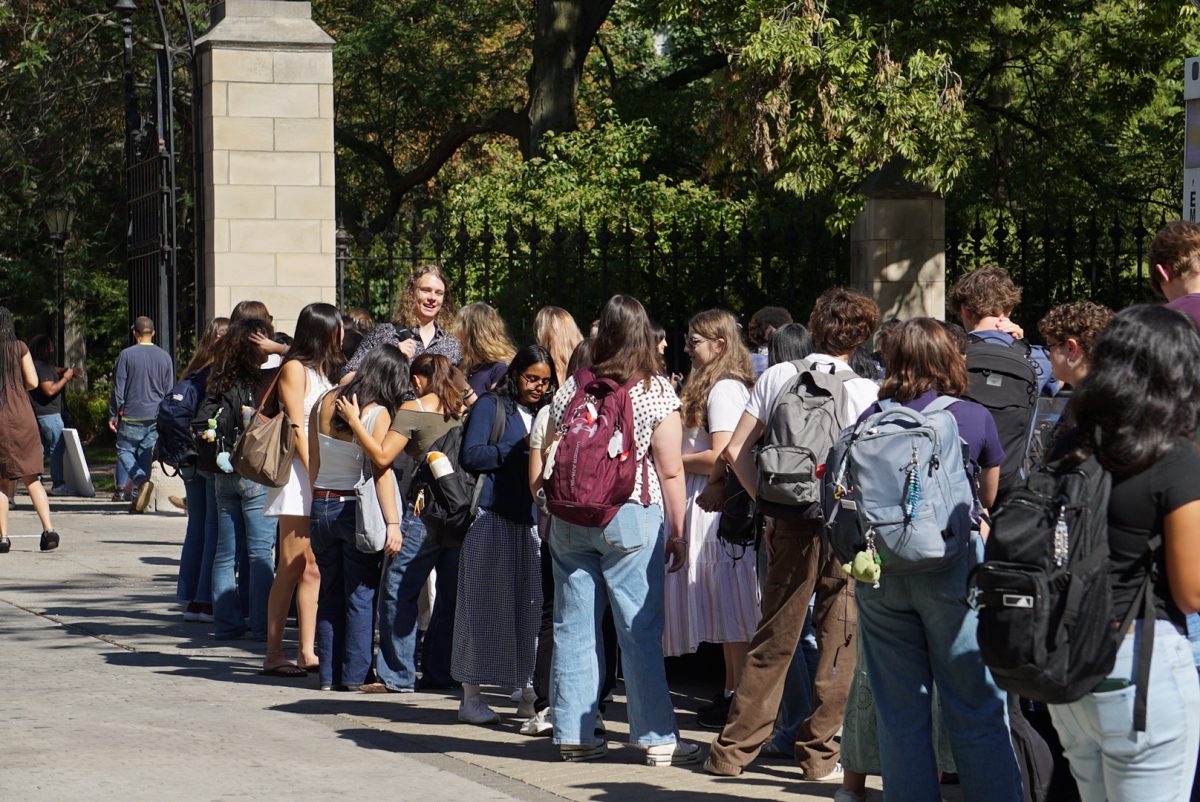The life of the mind never takes a vacation. Rather than spend days with junk food and trashy television, several faculty members from all four of the University’s academic divisions received significant funding for projects during the summer quarter. According to the Office of Foundation Relations, over $1.3 million from various foundations went to University initiatives in the month of July alone.
Adam T. Smith, associate professor of anthropology in the Social Sciences Division, used a $38,950 grant from the Dolores Zohrab Liebmann Fund to continue work with Project ArAGATS (Archaeology and Geography of Ancient Transcaucasian States), a program dedicated to researching the origins of early complex societies in the Caucasus.
Philip Bohlman, music professor, traveled to Eastern Europe through a fellowship from the Alexander von Humboldt Foundation, an independent German organization. Over the summer, Bohlman said he has “been investigating the ways in which Germany uses music to commemorate the 60th anniversary of the liberation of the concentration camps, research that directly relates to [his studies] on music drama in the Holocaust.”
There were at least four other major projects in the Humanities Division (HD) underway this summer, according to Sarah Tuohey, the director of grants and fellowships for the H.D.
The Bibliographic Society of America awarded Jacqueline Goldsby, associate professor of English, a research fellowship to support archival research for preparing a critical edition of James Weldon Johnson’s 1912 novel, The Autobiography of an Ex-Colored Man, to be published by W.W. Norton & Co. in 2006.
The National Science Foundation and the National Endowment for the Humanities (NEH) awarded John Goldsmith, professor of linguistics, a Documenting Endangered Languages grant of $147,615 for his project, “Digital Preservation of Linguistic Archives.” The NEH also awarded Theo van den Hout, Near Eastern Languages and Civilizations professor, a two-year $280,000 grant in support of the Chicago Hittite Dictionary Project.
Wu Hung, art history and East Asian Languages and Civilizations professor, received two large grants for a research project on the Xiangtangshan Caves, a landmark south of Beijing that plays home to 12 sixth-century Buddhist temples. The J. Paul Getty Trust for a research project on the Xiangtangshan Caves and the E. Rhodes and Leona B. Carpenter Foundation funded the grants.
In the Physical Sciences Division, the Alfred P. Sloan Foundation, a philanthropic nonprofit institution, allowed assistant professors in chemistry Chuan He and David Mazziotti to continue their respective research. Mazziotti and his research group are trying to discover the electronic properties of molecules through a model that has only two electrons.
Chuan He, who has also received two additional awards totaling $364,000, said that the grants have funded two of his three areas of research: proteins which repair damaged DNA and chemical reactions catalyzed by silver and gold. He said the DNA repair process is related to cancer prevention.
John Easton, who covers areas of the Biological Sciences Division (BSD) for the University’s news office, said the BSD receives funding differently in comparison to the other divisions; grants come from the federal government instead of independent foundations. “Most money for medical research—so far this year about $165 million—comes from the National Institutes of Health,” he added.
While Easton could not highlight any faculty member who actually conducted work this summer, saying that research is not limited to that season, he said one large grant was awarded this summer: a five-year, $15 million renewal by the National Institute of General Medical Sciences and the National Cancer Institute for a project known as the Pharmacogenetics of Anticancer Agents Research (PAAR) Group. The project, chaired by University medical professor Mark Ratain, studies the correlation between human genes and the response to anti-cancer drugs.








